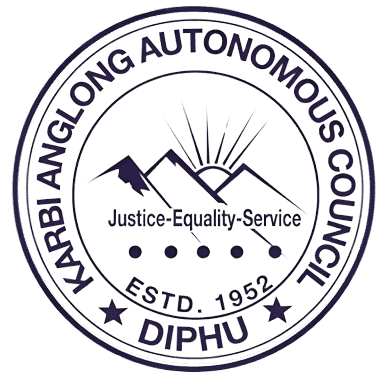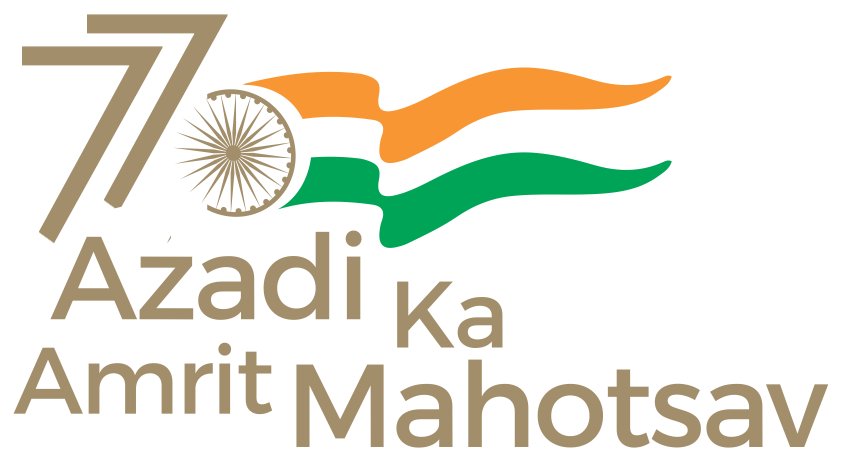

Karbi Anglong
Autonomous Council
Karbi Anglong
Autonomous Council



Karbi Anglong
Autonomous Council
Karbi Anglong
Autonomous Council

he history of Karbi Anglong Autonomous Council draws back from 1940, when a handful of energetic Karbi Youth formed an organization with name and style of Karbi Adurbar and initiated for preserving the political and traditional identity of the tribe.
On 28th October 1940, Sir Robert Reid, K.C.S, K.C.S.I, K.C.S.E., I.C.S, His Excellency the Governor of Assam of the British Indian regime visited the partially excluded area then called the Mikir Hills track and halted at Mohendijua. On his August visit, the Mikir Leaders led by Semson Sing Engti, Song Bey,Moniram Langneh, Khorsing Terang, MLA of Assam Legislative Assembly, and others submitted a memorandum to his excellency the Governor of Assam, demanding political identity of Mikir people residing in different districts of Assam.
In continuation of the process, on 18th May 1947, the memorandum was placed before the Bordoloi Committee. The Karbi Adurbar further stressed its demand for local council with independent setup of legislative and judicial functions. Subsequently, after long and continued demand from pre independent India, the Government of India passed the bill in Lok Sabha in the year 1951 and Sri. Rajendra Prasad, His Excellency the President of India finally assented to the creation of United Mikir and North Cachar Hills District.
The district of United Mikir and North Cachar Hills district was bifurcated into two separate districts under banner as “Mikir Hills” and North Cachar Hills district in the year 1970. The Mikir Hill district was again rechristened as “Karbi Anglong District” w.e.f. the 14th October’1976 vide Govt. Notification No. TAD/R/115/74/47 Dtd. 14-10-1976. Thus Karbi Anglong came into being as a full fledged separate district in the map of Assam with its Head quarter at Diphu. The district enjoys autonomy under the provision of Sixth Schedule of the Indian Constitution. It is the Largest district of Assam with a total geographical area of 10, 434 Sq. Kilometer.
With, vigorously changed political development in early 95’s under aegis of ASDC/KSA/DSU/NCHSF/KNCA and their subsequent signing of Memorandum of Understanding (MoU) on the 1st April 1996 with the Government of India and the Government of Assam, the Karbi Anglong District Council was renamed as the Karbi Anglong Autonomous Council [KAAC] by an Act of Parliament by incorporating the Sixth Schedule to the Constitution (Amendment) Act, 1995 (42 of 1995) to the Constitution of India granting greater autonomy to the Council vide Govt. Notification No. HAD.57/95/63-64, dtd. 29.06.1995, and entrusted 30 (thirty) more department to Karbi Anglong Autonomous Council alongwith other sponsored schemes for the welfare of indigenous people. Further, a tripartite Memorandum of Settlement (MoS) was signed between the Central Government, Government of Assam and United People’s Democratic Solidarity (UPDS) in the presence of Union Home Minister Shri P. Chidambaram and Assam Chief Minister Shri Tarun Gogoi in accordance with which the Karbi Anglong Autonomous Council will be re-christened as KARBI ANGLONG AUTONOMOUS TERRITORIAL COUNCIL.
On the 15th of August 2015, the district was further bifurcated into two districts, namely Karbi Anglong and West Karbi Anglong Districts. As such the purview of the present Karbi Anglong Autonomous Council (KAAC) has jurisdiction over two full fledged districts.
The Karbi Anglong Autonomous Council (KAAC) is governed by 26 elected Members of Autonomous Council (MACs), headed by the Chief Executive Member (CEM). The Chief Executive Member represents the whole of Karbi Anglong and West Karbi Anglong districts on the political platform. The administration of the Council itself is headed by its Principal Secretary who is of the rank of Secretary to the state government. He is aided by the Secretary, Joint Secretaries, Deputy Secretaries, Under Secretaries, Officers and Staffs in the smooth running of the Karbi Anglong Autonomous Council. The KAAC Secretariat has an employee strength of about 700. Salaries and allowances of these employees are borne by the Council from the funds it receives from utilization of various natural resources and execution of various schemes through its inherent departments.